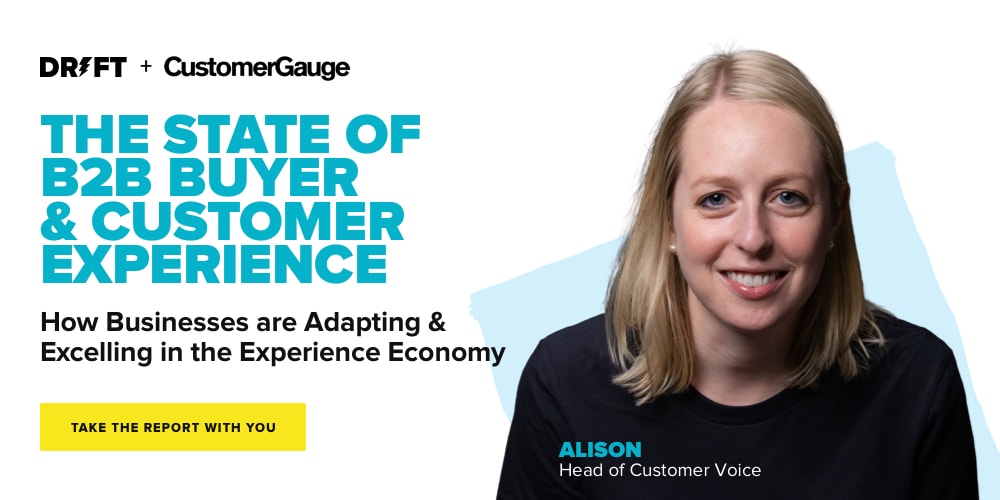
There’s an old adage in business that generations of entrepreneurs have sworn by: ‘the customer is always right.’ If you have any experience of running your own business – whether it’s in low-end retail or selling high-end technologies, such as software-defined networking or digital twin simulations – you’ll understand the importance of this slogan.
Of course, there’ll always be times when the customer isn’t right, but the point is to make them feel that you believe they are. The customer’s experience is what matters. If they feel you’re dedicated to meeting their needs, the chances are they’ll stick around for the long term.
Again, any experienced business person will understand already that it’s the loyal customers – those who keep coming back time after time – who are the bedrock of lasting sustainability and success. What you need to do is build a steady customer or client base and then keep adding to that.
It goes without saying that you can’t expect every customer to stick with you for years on end (some might only need your services once or for a brief period, or perhaps they’re only passing through your local area), but you do need to convert as many as possible into long-term loyalists.
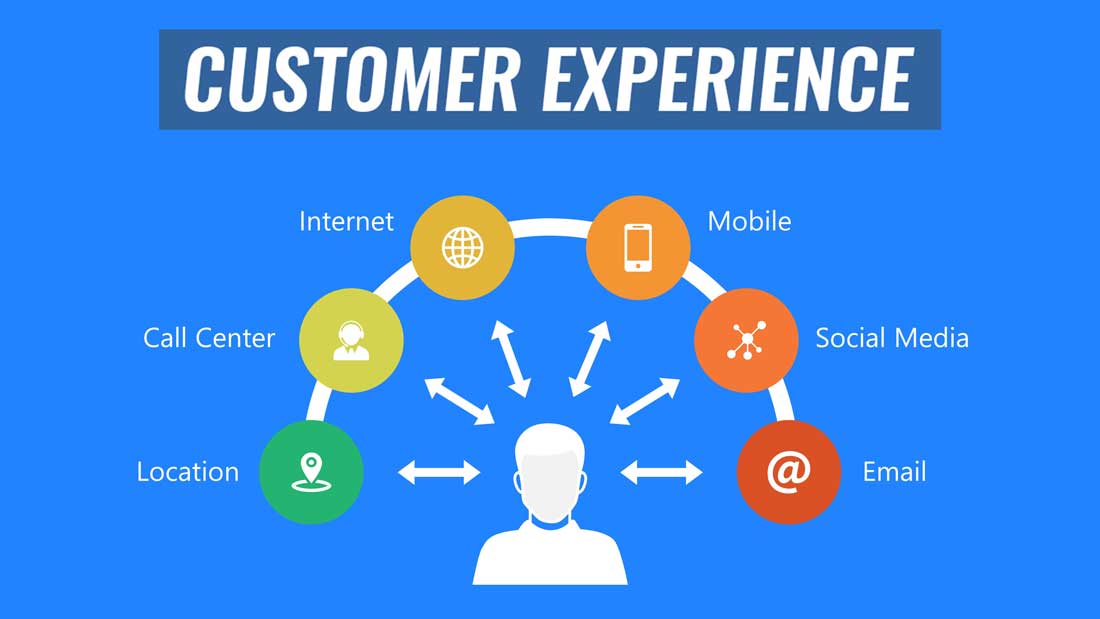
Source: Slidemodel
The key question here, then, is how you might go about doing this. What does it take to really impress a customer or client so that they keep returning to you? What’s in it for them? Why should they choose to keep coming back to your business rather than taking their custom elsewhere? What are you offering that your rivals aren’t – and vice versa?
This is why you need to prioritize the customer experience above all else. These are among the absolute fundamentals of running a business. If your customers feel that their custom is valued and their views respected, that will go a long way to turning them into regulars. Of course, quality products and services are also indispensable – there’s no such thing as a good customer experience without them – but on their own, they’re not sufficient.
So, with all that in mind, what does it take to create a strong customer experience framework? It doesn’t matter whether you’re making a living out of training people in how to create software as a service, or you’re running an Aliexpress dropshipping service. Whether you’re running a bricks-and-mortar outlet or you’re entirely online, you need to give very careful consideration to how you can ensure your customers enjoy the best, smoothest possible experience.
Here we’ll discuss five of our top tips to help you create a robust customer experience framework. But first, we’ll define customer experience and explain why it matters so much.
What Is Customer Experience and Why Does It Matter?
The term ‘customer experience’ is self-explanatory – it’s about the overall impression a customer gets when using a particular product, retail outlet, or service. It’s essential that you take a comprehensive, holistic approach when it comes to customer experience.
It may be, perhaps, that you sell products that you know are outstanding and which are superior to comparable rivals. However, we shouldn’t assume that just having great products alone is enough. Consumers have a lot of choices at their disposal, and they’re looking for something more than this alone.
The important thing to remember here is that amazing customer experiences don’t just happen of their own accord, or by accident. They have to be consciously factored into your consideration. You need to think about what you can do to create an environment where a customer is more likely to have a positive experience that really stays with them.
It’s not necessarily a matter of being too prescriptive or interventionist – customers don’t like being micromanaged (and this can be counterproductive if anything). You must, though, give very careful forethought to what it means to create outstanding customer experiences.
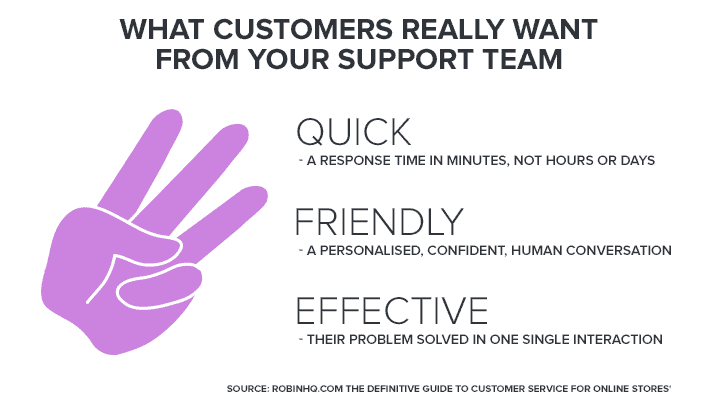
Source: RobinHQ
Put yourself in the customer’s shoes. What would you be looking for from a particular product, outlet, or service? Some of the most fundamental customer service lessons are applicable across a wide range of scenarios.
For example, attentiveness is as valuable to a diner in a restaurant as it is to customers using a RingCentral business phone service. Thus, it must get considered in both call center and restaurant onboarding. A great customer experience brings lots of things together: excellent products, helpful and responsive service, a compelling and distinctive brand, and a laser-like focus on the customer’s needs.
More than ever, the customer experience matters. This is because, in the modern business environment, so much power lies in the hands of the consumer. It’s never been easier for customers to look elsewhere if they’ve had a negative experience with a particular product, outlet, or service.
So if your customer experience isn’t up to scratch, you can rest assured that your rivals will be working overtime to win over your customers.
Tips for Creating a Customer Experience Framework
So, what does it take to create the kind of customer experience framework that can help you consistently exceed your customers’ expectations? Here are our five top suggestions.
1. Understand Your Customers and Put Their Needs First
You might have been in business for many years, but every so often it’s worth asking yourself – just how well do you understand your customers? Do you truly appreciate what it is they’re looking for?
Consumer expectations are changing all the time, and the fast-paced business environment of today has raised the bar substantially. So here is another question you should take into consideration: do you really know what your customers have come to expect? You should always keep in touch with their expectations – because failing to do so can be costly in the extreme.
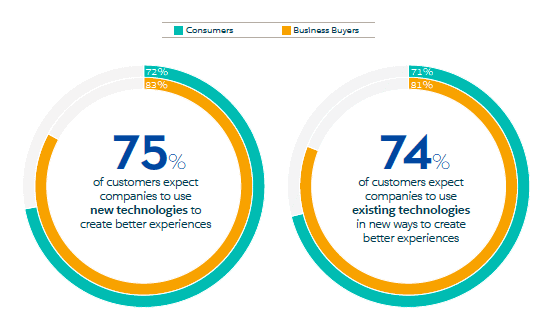
Source: ZDNet
All of this might sound obvious, but you’d be surprised how many businesses don’t start from this standpoint. They may instead prioritize streamlining, cost-cutting, productivity, and maximizing profitability. Now, obviously, there’s no business without profitability. But starting with that as your be-all and end-all might actually work against your intentions.
If your business is going to be profitable, it needs to start by prioritizing the customer, and adopting a customer-first perspective. If you understand this, your business will be standing on much firmer foundations.
2. Make It Easy for Customers to Come to You
Another point to bear in mind here is that customers need to be able to come to you with their problems and feedback. The experienced entrepreneur will already be aware of this. Consumers have only grown more vocal over the years, and the rise of social media (where everyone can air their views, criticisms, and grievances to a wide audience) has exacerbated this trend.
But, a lot of this feedback can be very useful. Your customer base probably has a lot of ideas about what you’re doing, and there will be some that are genuinely insightful.
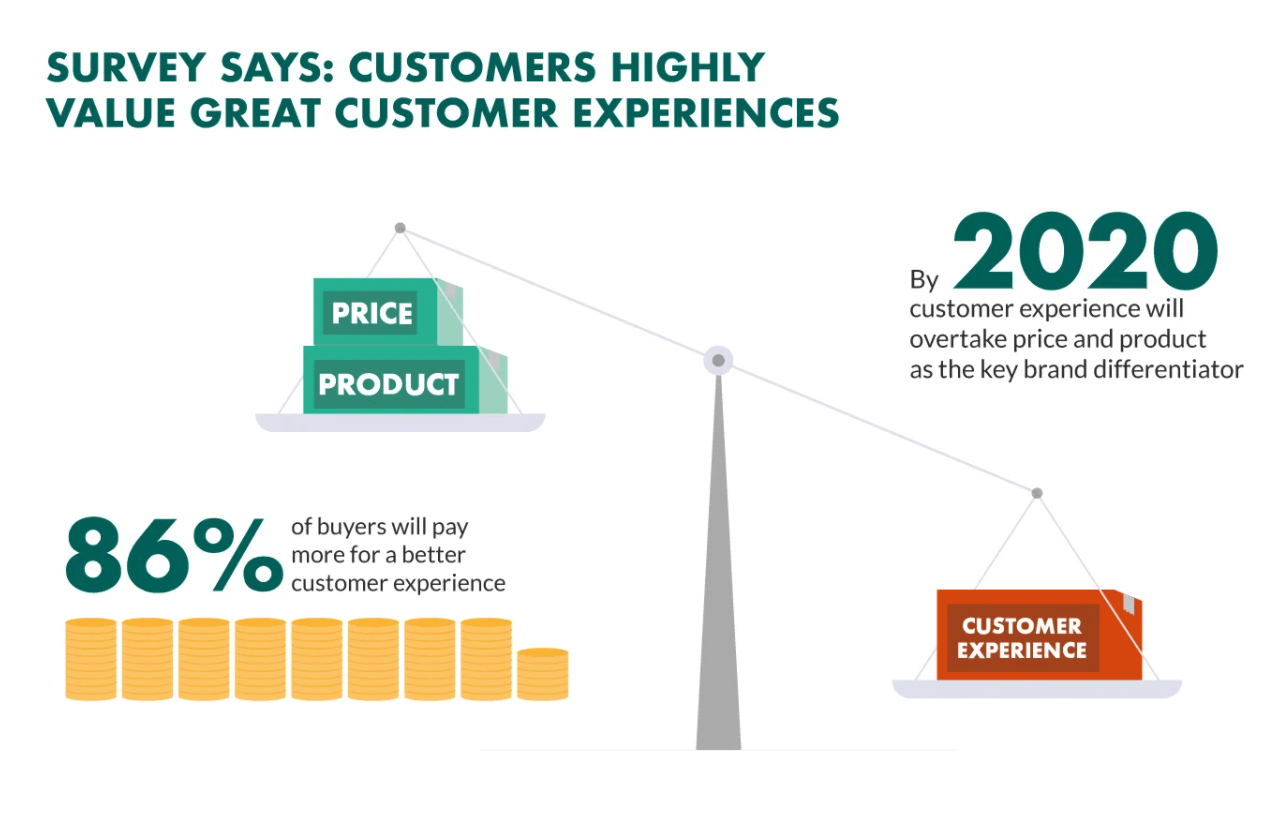
Source: SuperOffice
Customers see the world, and your business, from a distinct perspective that’s different from yours. It could be that there are real insights into customer feedback, so you need to make your business as approachable as possible.
You can post surveys online, promoting them through social media or email marketing, and invite customers to give their opinion. Incentives, like discounts or the chance to win a voucher, for example, can help give them an extra nudge. Alternatively, a RingCentral VoIP system and automatic dialer can enable you to handle more inbound and outbound calls. That way, you can spend more time speaking to customers and clients and learning about what they think.
3. Agility Is Key
Following on from our previous point, it’s one thing to invite customer feedback, but acting upon it can be another thing entirely. Some businesses are very good at encouraging their customers to get in touch and let them know about their experiences. However, they’re not always quite so eager to act on what customers tell them.
Again, put yourself in the customer’s shoes. If you go to the trouble to provide feedback only to find that no notice has been taken of it, you’re going to feel a bit like you’ve been short-changed.
Make sure, therefore, that your business is sufficiently agile and responsive to take customer feedback on board and then act on it. Furthermore, be sure to make effective use of technology to enhance the customer experience; video, for example, is proven to work in this regard.
4. Make Use of Data
When you’re mapping out a customer experience framework, customer journey, or sales funnel, it’s essential that you do so from a solid foundation. You need to have an understanding of what your customer might be looking for at each step of the way – and for this, you need robust data.
It’s not enough to make assumptions based on past experiences. You must have up-to-date data insights upon which to build. This data might include web analytics, survey responses, call center software, social media audits, and so on. A plurality of data sources is important, as it can give you more comprehensive insights.
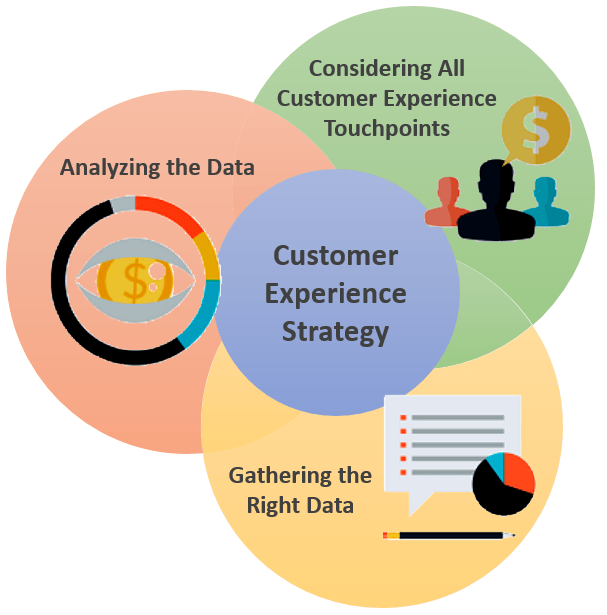
Source: BloomReach
5. Create Customer Personas
As we’ve already discussed, it’s vital to have a solid understanding of your customer base – what people are looking for from your products or services, what sort of experience they expect you to provide, and so on.
One good way of getting a better handle on this is to create customer personas. These are fictional, stereotypical characterizations of your target audience. They represent different sections and demographics of your customer or client base, with distinct personality types, requirements, and expectations.
You should keep revisiting these personas regularly to see how far they still resonate with your real-life consumers. However, don’t go overboard and create too many, as this can soon become unmanageable and may create more confusion than it prevents.
The customer experience is more important today than it’s ever been before. If you’re not focusing on this (and if you’re oblivious to the changing demands of the individual consumer), your business is likely to pay a heavy penalty. But if you pay close care and attention to customer experiences, you could reap huge rewards – including improved sales, loyalty, and, ultimately, profit.
John Allen, Director, Global SEO at RingCentral, a global UCaaS, VoIP, and contact center software provider. He has over 14 years of experience and an extensive background in building and optimizing digital marketing programs. He has written for websites such as Pandadoc and 3DCart.




